Climb at Your Limit: How to Use Limit Bouldering for Real Progress
If you're looking to level up your climbing, it might be time to stop playing it safe and start climbing at your absolute limit. Limit bouldering is one of the most effective training strategies for building power, precision, and mental grit. Whether you're plateauing or prepping for your next big send, this method deserves a place in your sessions.
What Is Limit Bouldering?
Limit bouldering is all about maximum effort on very hard moves—problems that you can’t yet do, but are close. These aren’t endurance circuits or casual projects; they’re short sequences (often just a few moves) that push your technical and physical capacity to the edge. The goal is not to finish the problem, but to push your limit with high-intensity, focused attempts.

Limit bouldering is all about giving maximum effort on your hardest moves.
Why It Works
By trying moves at your limit, you’re stressing your muscles and movement patterns in a way that regular climbing often doesn’t. It helps develop:
- Power: Max effort translates directly to stronger pulls and bigger moves.
- Body tension: You learn to stay tight and engaged through every position.
- Precision: When there’s no room for error, you naturally refine your technique.
- Mental commitment: Repeated failure builds mental toughness and confidence.
When to Use Limit Bouldering
Limit bouldering isn’t for brand-new climbers. It works best for those with a strong movement foundation who are looking to break through a plateau or sharpen their strength.
Try incorporating limit sessions 1–2 times per week. They fit well during strength or power-focused training blocks, and can even help maintain form during competition seasons.
How to Structure a Limit Bouldering Session
A good limit session balances intensity with intention:
- Warm up thoroughly. Don’t rush this. Start with mobility and easy climbing, then build up to medium-difficulty boulders.
- Pick 2–3 hard problems. These should be just outside your current ability—maybe you can do one or two moves, but not the full sequence.
- Limit your attempts. Take 3–5 minutes rest between tries to preserve power. Cap attempts to maintain focus—quality over quantity.
- Keep sessions short. Once your max effort drops, call it. Training at your limit only works if you’re actually operating at your peak.

Complement your limit bouldering with strength tools like the So iLL Iron Palm to boost power between sessions.
Mindset: Failing with Purpose
Limit bouldering means failing—a lot. That’s the point. Instead of chasing the send, look for micro-progress:
- A cleaner foot placement
- Holding a hold a fraction longer
- A new high point
Track your sessions in a logbook to stay motivated and notice trends. Sometimes progress looks like two steps back and three steps forward.
Common Mistakes to Avoid
- Over-climbing: Too many problems = diluted effort.
- Under-resting: You need full recovery to give 100% each go.
- Skipping warm-ups: Going cold into hard moves invites injury.
- Letting ego drive choices: Stay focused on your own limits, not what others are doing.
Visit Boulder Planet Showroom
Need help planning your limit sessions or finding gear that fits your climbing style? Come by the Boulder Planet Showroom. Our team can help you train smarter and climb stronger.



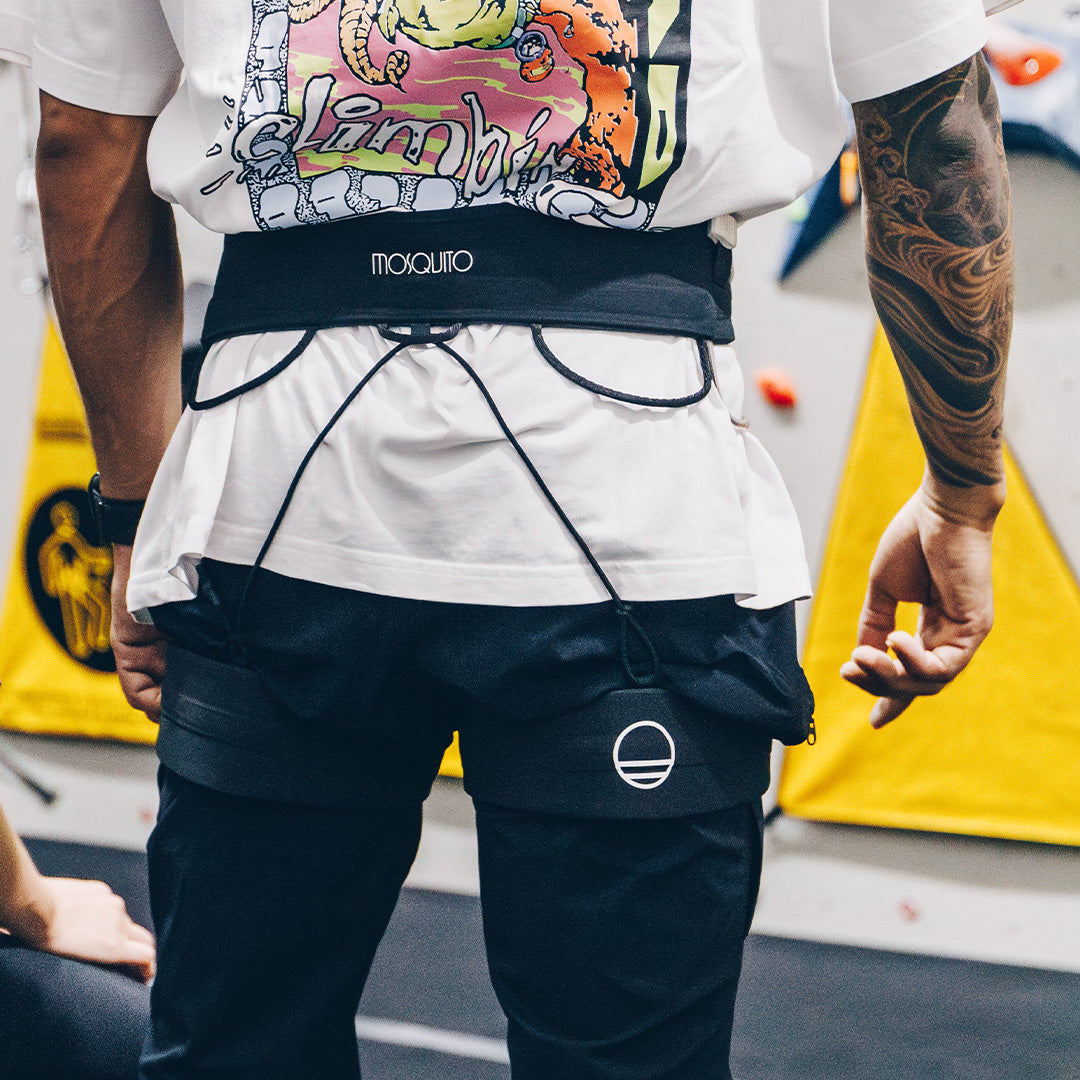










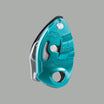
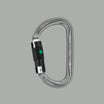
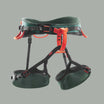
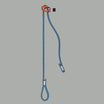


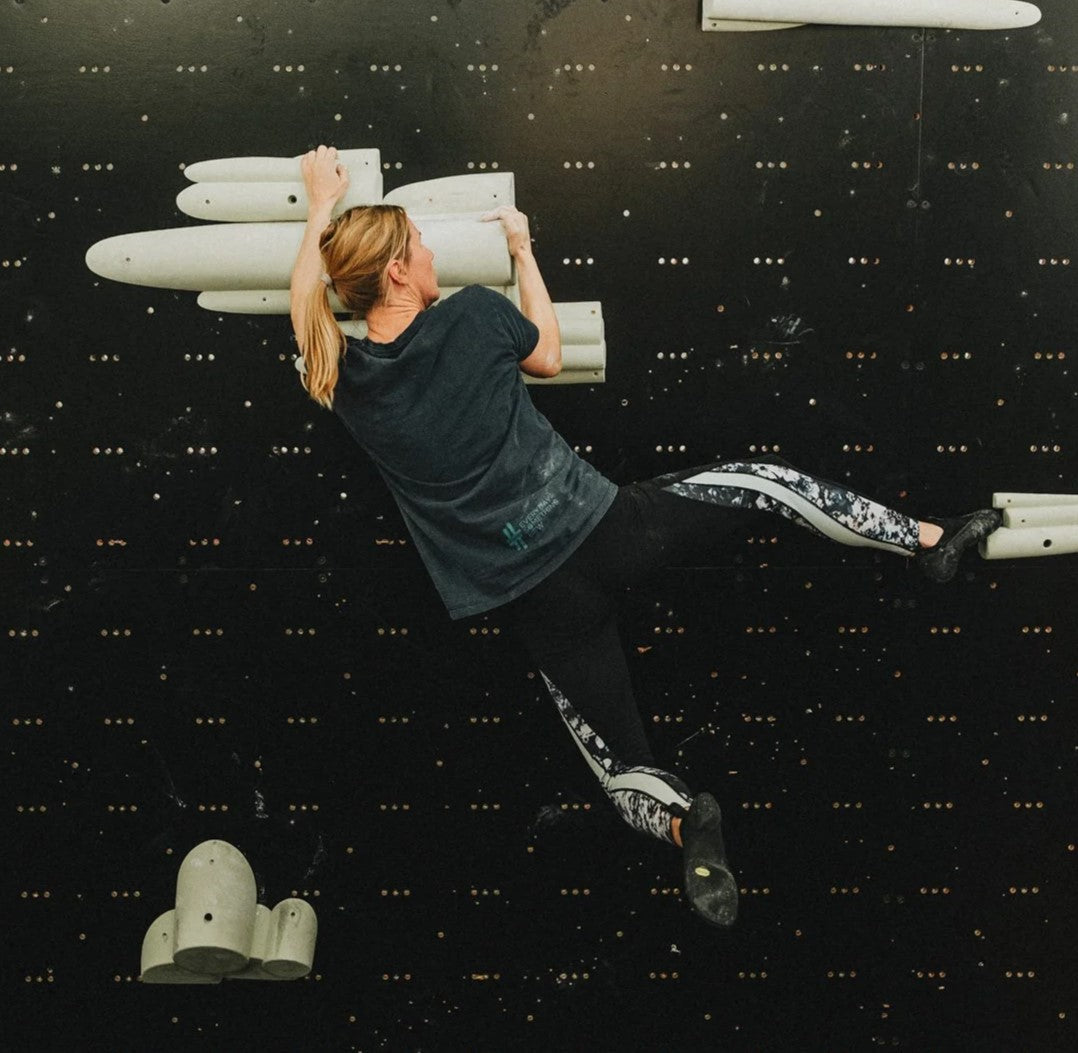
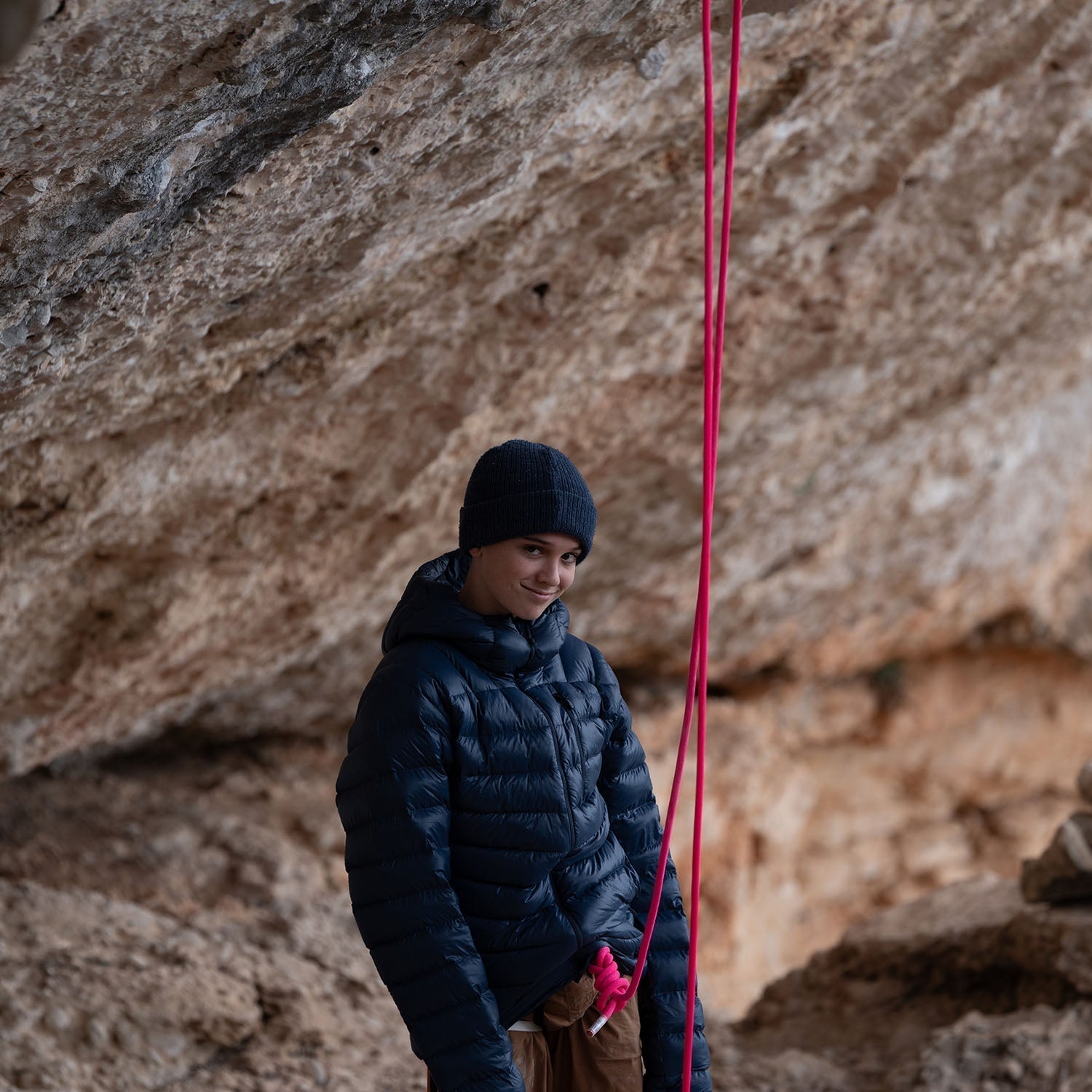


Leave a comment
This site is protected by hCaptcha and the hCaptcha Privacy Policy and Terms of Service apply.